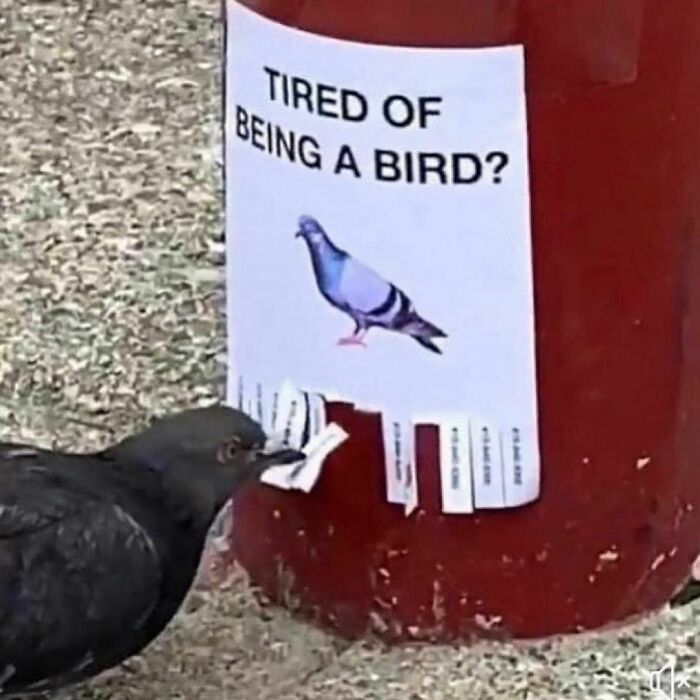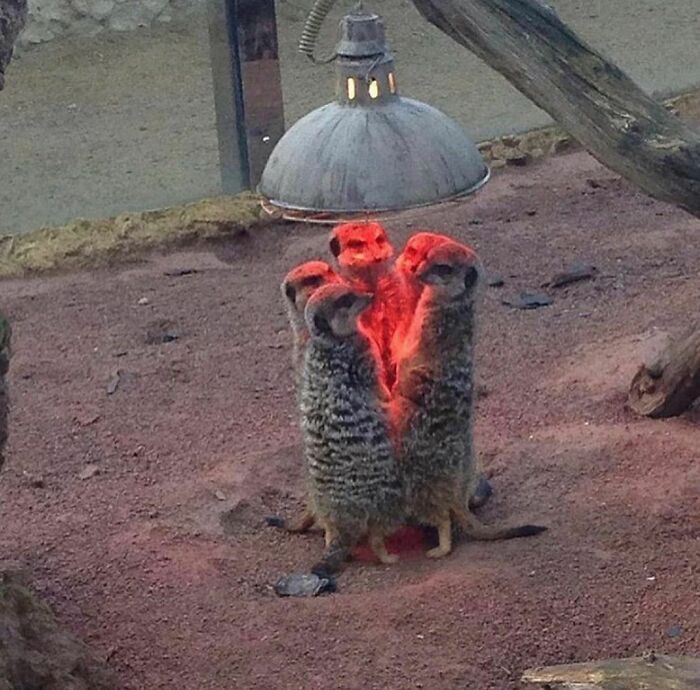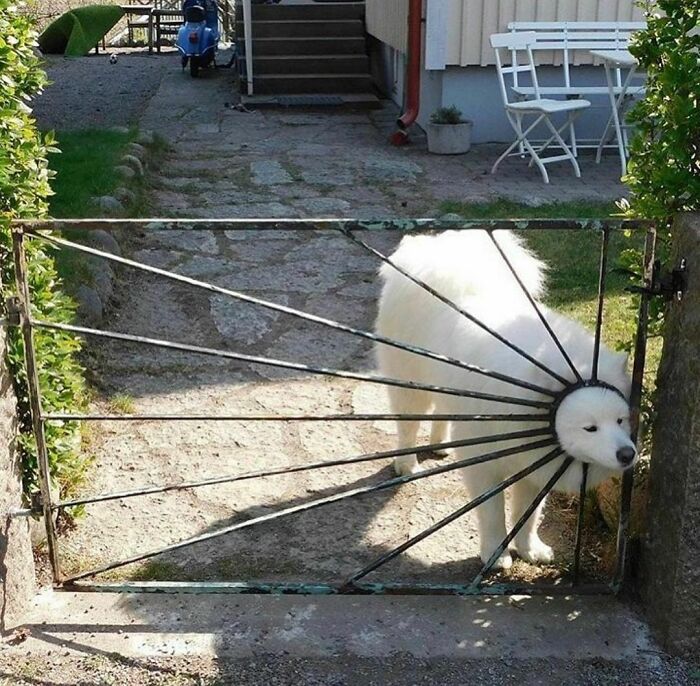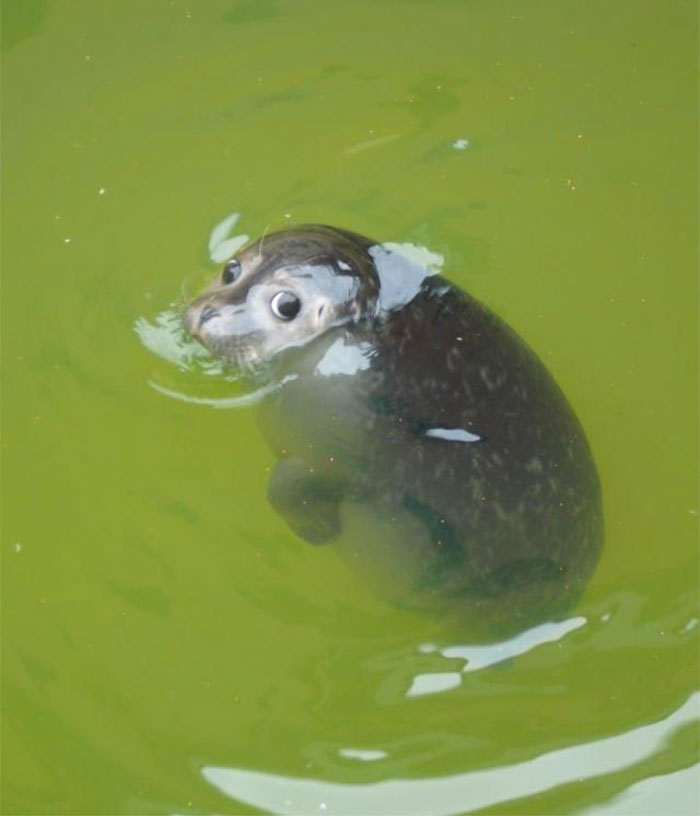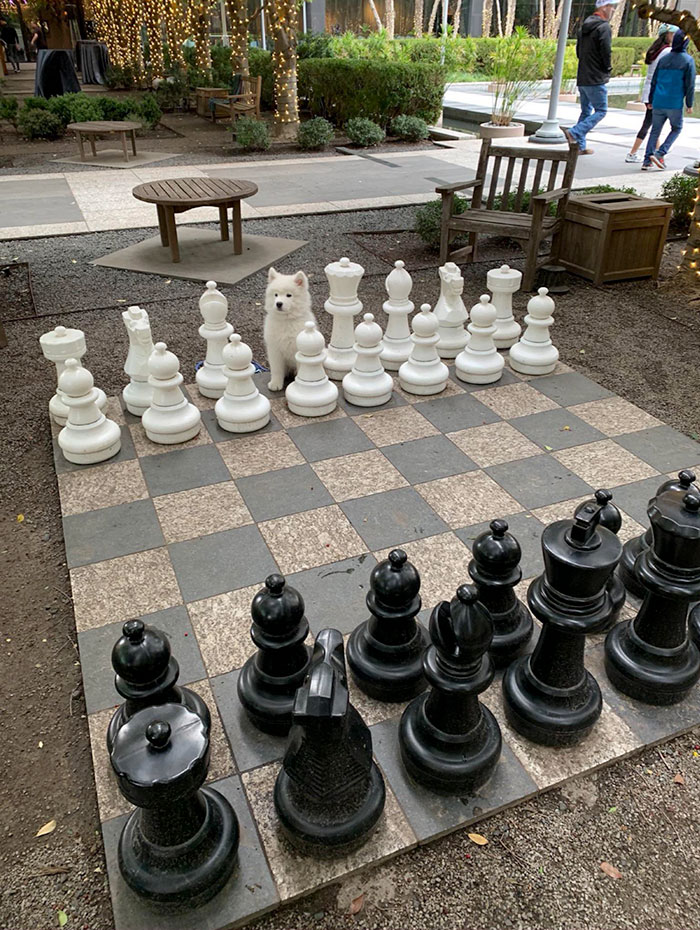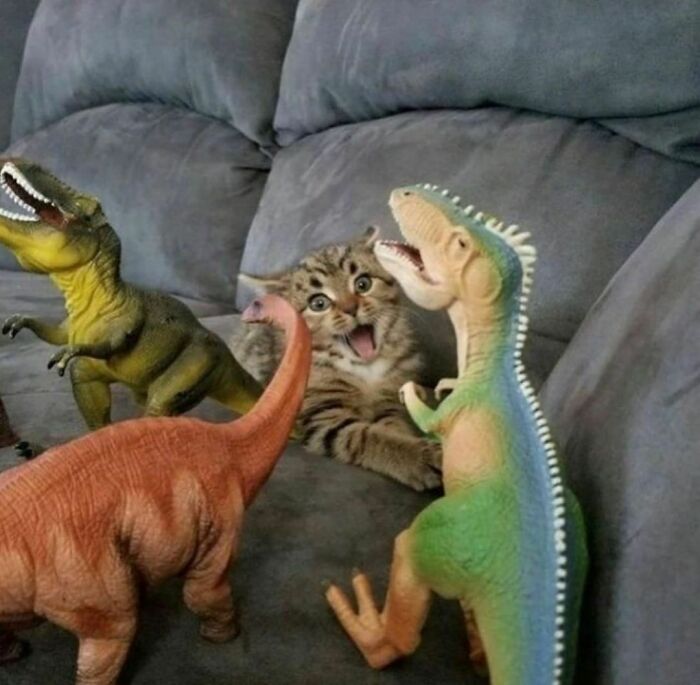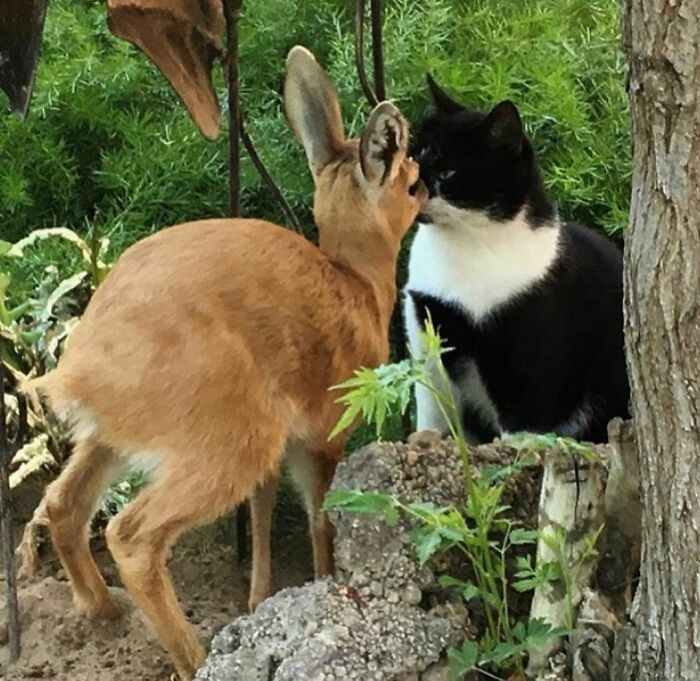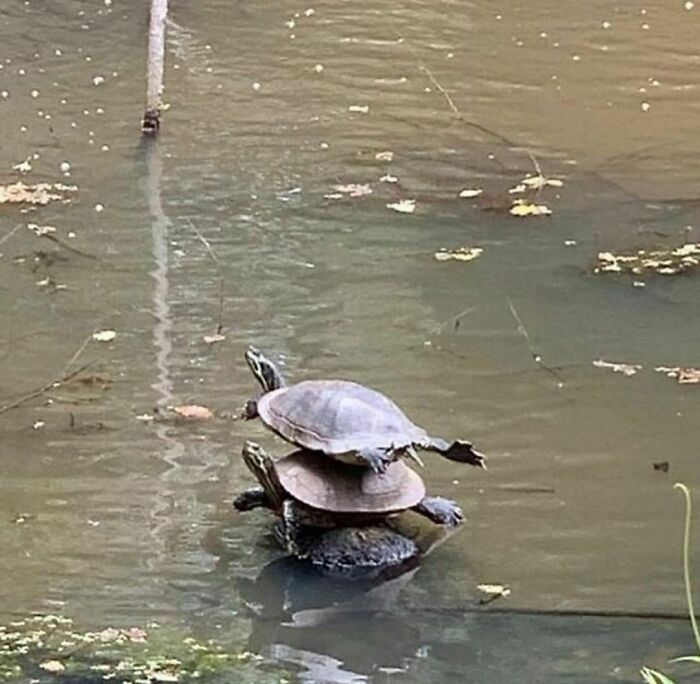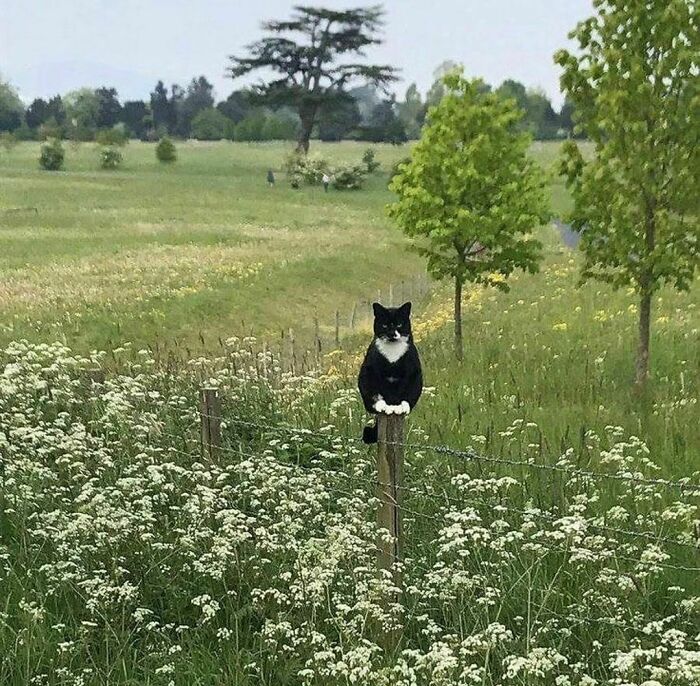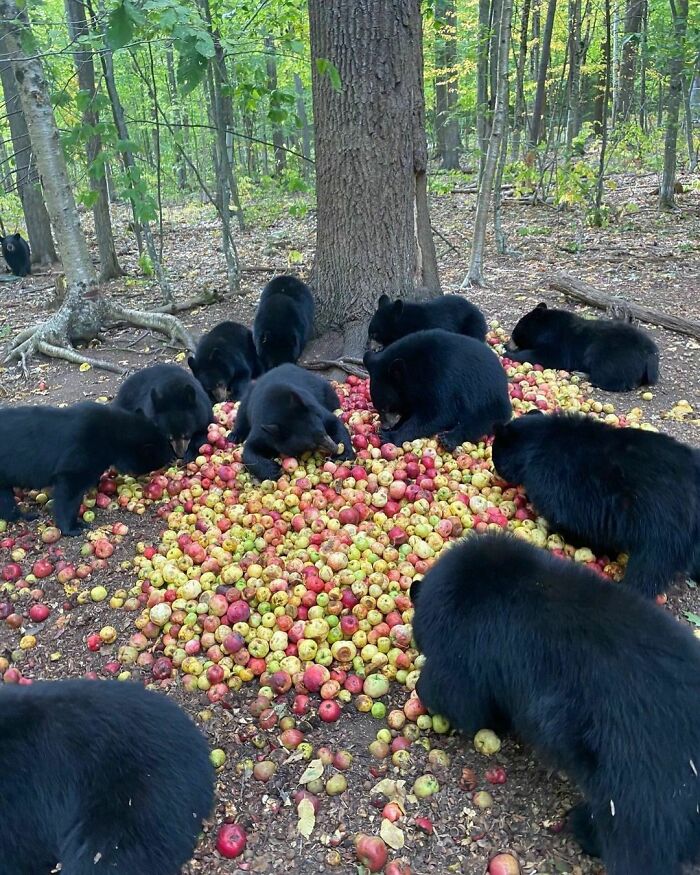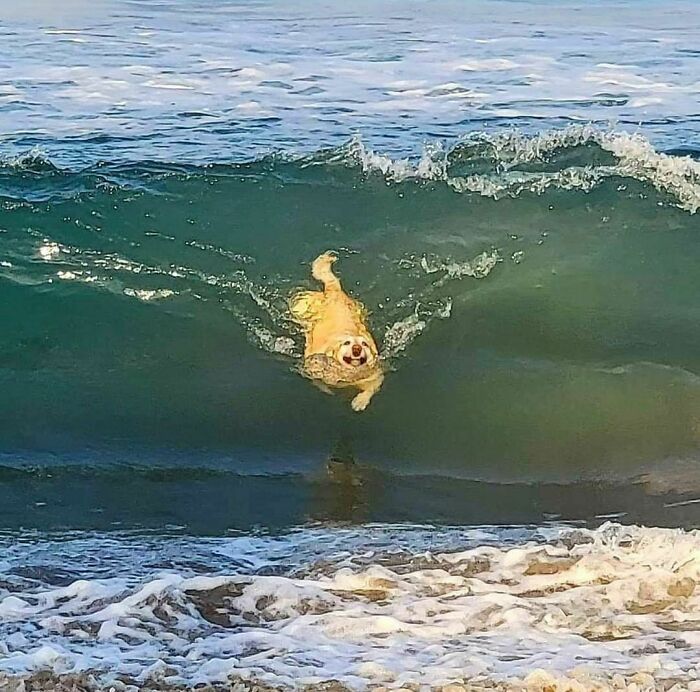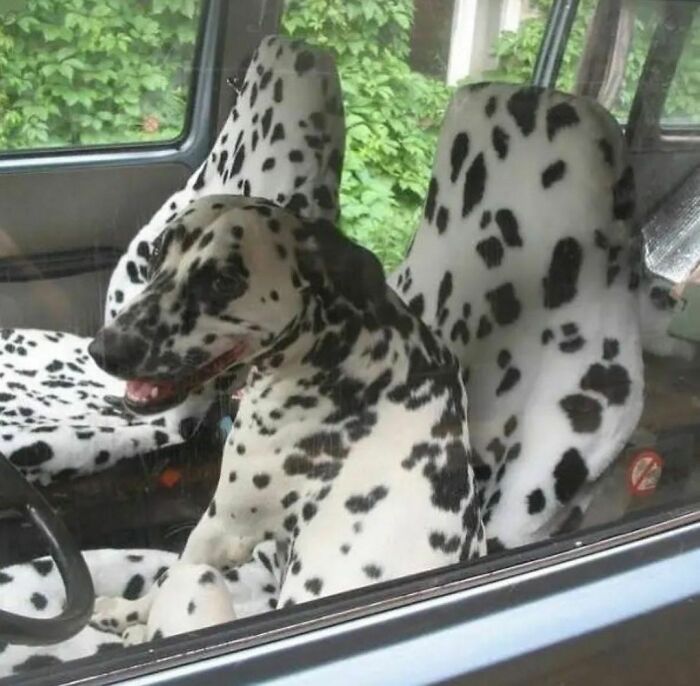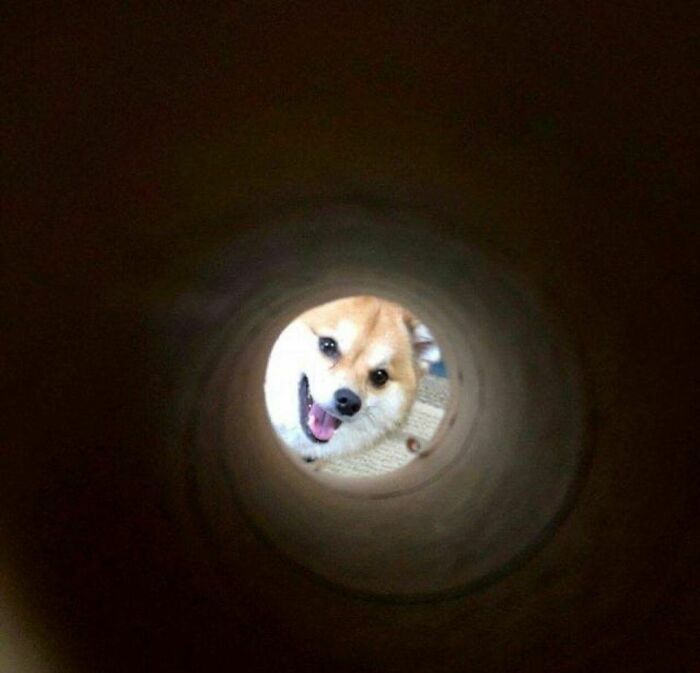We can get an idea of how happy an animal is by observing what they do.
Ferrets chirp when they are having a good time, horses will point their ears towards you and have a relaxed mouth, and parrots sing, whistle, or make a grinding, purring sound with their beak.
Play is one of the more reliable and universal ways to tell if a creature is content. Playful animals will jump into the air, pounce, kick their feet up while they run, and generally be more energetic than they need to be.
But for a more visual explanation, there's the Instagram account The Snuggle Is Real. It shares wholesome photos of both wild and domestic animals living the good life and has made quite a few new posts since our last publication on it, so we thought we can't let you fall behind on its content.
More info: Instagram
This post may include affiliate links.
According to Melissa Starling, a Postdoctoral researcher at the University of Sydney, who holds a BSc (Hons) in zoology and a Ph.D. in dog behavior, personality, emotions and cognition, we can often get a good idea if animals are happy or unhappy by looking at how they are behaving in general.
"A cat that purrs because it's happy may also be winding her body around your legs, or relaxed in your lap, have her tail high in the air, or roll over on her back," Starling said. "All this shows she is trusting and interested."
"Likewise, a rabbit grinding its teeth while relaxing will also likely be stretching its body out as well. You can tell how relaxed a rabbit is by how stretched out it is while resting. If a rabbit is in pain, it tends to hunch up and squeeze its eyes half shut like it is wincing. Animals that are relaxed and not tense are usually happy and content."
Starling said we can also see what animals like to do by what they choose to come back to over and over again.
"If your animal chooses to lie in the sun or look for tasty treats or dig holes, then you know when they are doing that, they are probably happy," the researcher explained.
"So, to know when an animal is happy, we need to look at more than what one body part is doing, and we might need to watch them to get to know them."
Friendly reminder: downvotes are NOT dislike buttons. Downvoting a comment just because you don't agree = not cool. If a comment gets downvoted, its author will get banned from the site. So please downvote only in case of obvious spam ("how to make cash") or if someone is literally harrassing a fellow panda
The question of how do we know if our pets—especially the prehistoric ones—are content has been explored for centuries.
In 1872, Charles Darwin published a whole book on the subject, suggesting that humans and many animals express emotions in similar ways—if anything, emotions actually evolved before our species did.
But philosopher Thomas Nagel said that we’ll never know if this is true or not. In his paper 'What is it like to be a bat?' Nagel wrote that even if we spent our days “hanging upsidedown by one’s feet in an attic,” it’s impossible to know how a bat feels, and not even Batman has that kind of inner access.
I don't get why this is on the list? It's just a picture of a chess board...
But just because we aren't 100 percent sure how an animal feels, doesn’t mean they don’t feel something.
Dolphins, cows, chimpanzees, dogs, and even squirrels have similar emotional processing centers in the brain as humans, so at the very least, they would experience basic emotions like fear, anger, grief, and joy.
One group of scientists was so sure of this that they signed the Cambridge Declaration on Consciousness in 2012, acknowledging that all mammals and birds (and some invertebrates, like octopuses) are conscious creatures.
Plus, we've all witnessed heartfelt and heart-wrenching displays of animal emotions, like when Damini the elephant reportedly died of grief following the death of her pachyderm partner at the zoo.
Or when Christian the lion joyfully embraced the men who reared him after spending nine months apart.
I think this is my favourite. It doesn't look like this is their first time climbing that tree
Interestingly, scientists have shown rats exude just as much “happiness,” if not more, than other mammals.
In the ’90s, neuroscientist Jaak Panksepp made a surprising discovery: rats loved being tickled. Turns out, when rats play, they emit high-frequency chirps undetectable by the human ear. Using special equipment to isolate the sounds, Panksepp discovered when he tickled the rats, their feverish chirps were akin to giggling.
if those apples are fermented, there's gonna be one hell of a hangover..
Note: this post originally had 31 images. It’s been shortened to the top 30 images based on user votes.
Friendly reminder: downvotes are NOT dislike buttons. Downvoting a comment just because you don't agree = not cool. If a comment gets downvoted, its author will get banned from the site. So please downvote only in case of obvious spam ("how to make cash") or if someone is literally harrassing a fellow panda
I disagree (although I didn't downvote you). I think that's exactly what the downvote button is for, to show you disagree with something. I usually don't continue to downvote if they're already at the 'this comment is hidden' stage though.
Load More Replies...31 actually, if you look at the bottom of a lof of these before you can vote on the article as a whole there is a little small grey spot that's say this was originally 31 but was cut down to 30. Sometimes the OG article can be hundreds of posts long.
Load More Replies...Friendly reminder: downvotes are NOT dislike buttons. Downvoting a comment just because you don't agree = not cool. If a comment gets downvoted, its author will get banned from the site. So please downvote only in case of obvious spam ("how to make cash") or if someone is literally harrassing a fellow panda
I disagree (although I didn't downvote you). I think that's exactly what the downvote button is for, to show you disagree with something. I usually don't continue to downvote if they're already at the 'this comment is hidden' stage though.
Load More Replies...31 actually, if you look at the bottom of a lof of these before you can vote on the article as a whole there is a little small grey spot that's say this was originally 31 but was cut down to 30. Sometimes the OG article can be hundreds of posts long.
Load More Replies...


